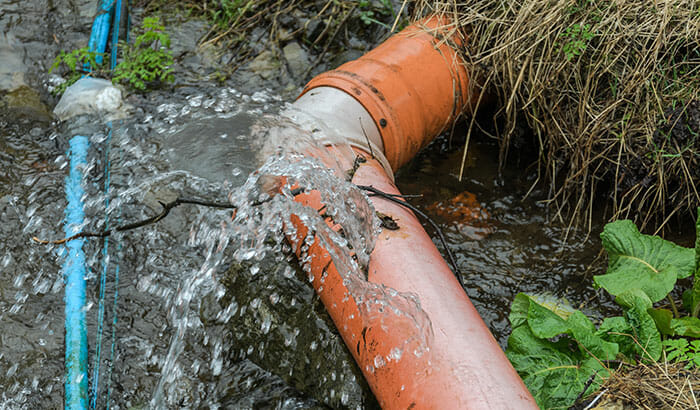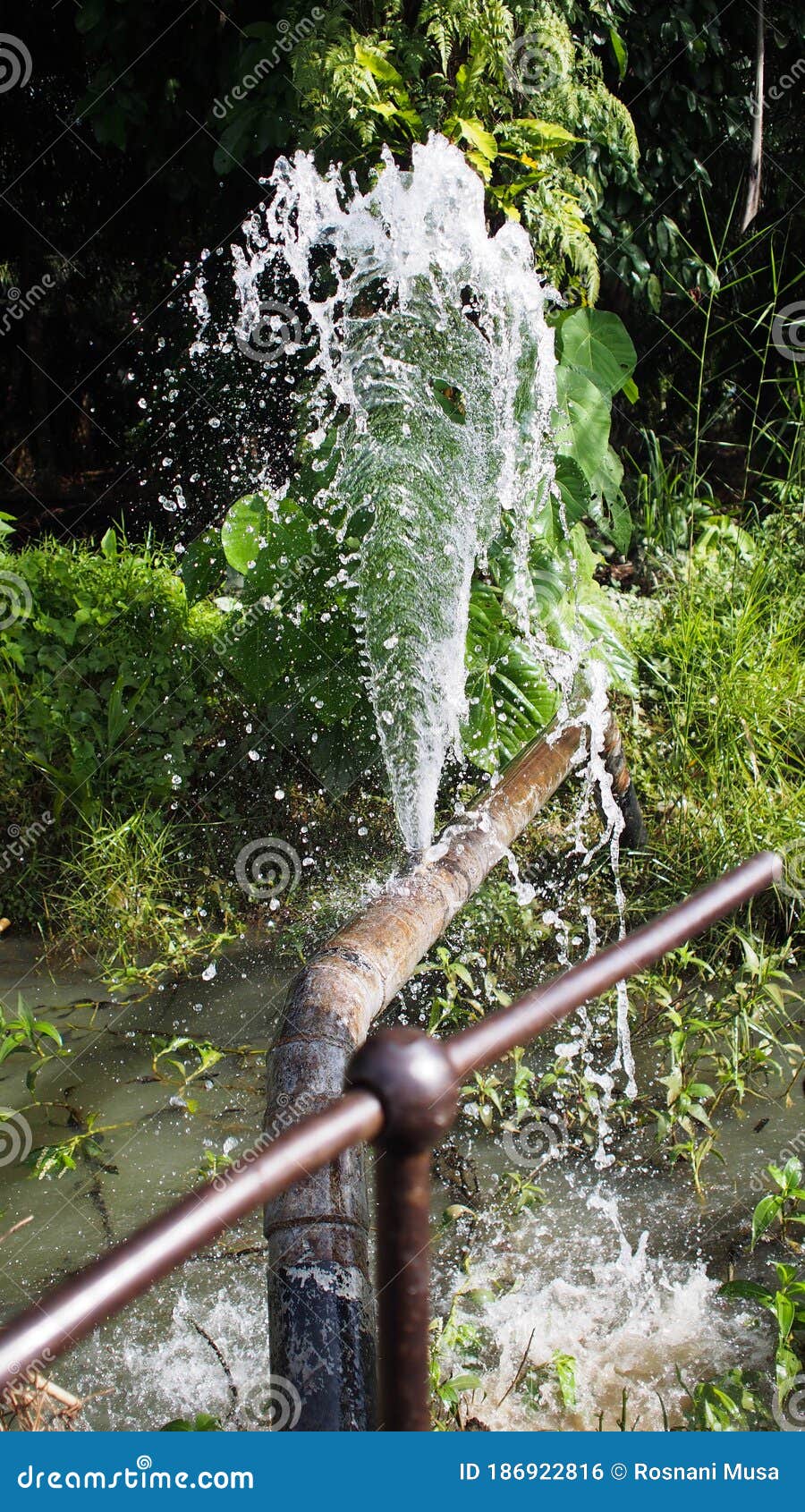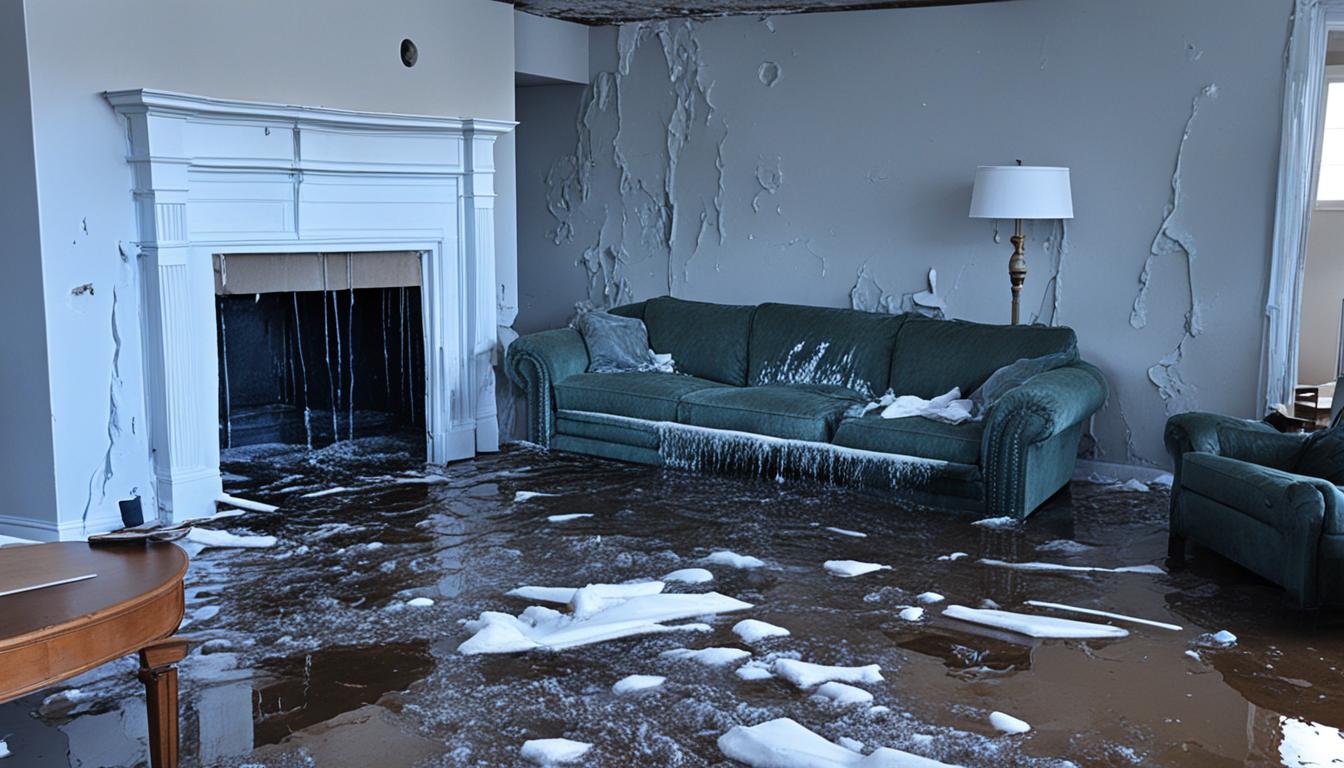Protecting Against Burst Piping: Important Tips to Safeguard Your Pipes
Avoiding ruptured pipelines is an important problem for home owners, specifically throughout chillier months when the threat of cold is increased. Executing strategic steps such as appropriate insulation, routine examinations, and maintaining consistent interior temperatures can significantly reduce the likelihood of pipe failing. In addition, understanding emergency situation treatments equips homeowners to respond promptly to prospective pipes problems. Many are not aware of the specific susceptabilities that their pipelines may encounter. Exploring these vulnerabilities can give indispensable understandings into guarding your plumbing system successfully.
Understand Pipeline Vulnerabilities
Understanding pipe susceptabilities is important for efficient plumbing upkeep and avoiding pricey damage. Numerous elements add to the vulnerability of pipelines to bursts, consisting of material make-up, age, and environmental conditions. Older pipelines, especially those made from galvanized steel or polybutylene, frequently weaken over time, bring about enhanced threat of leaks and ruptures.
Temperature level fluctuations can additionally dramatically effect pipeline integrity. In colder environments, water trapped in pipes can ice up, exerting and broadening stress on the pipeline walls, which might inevitably bring about a ruptured. High water stress can strain pipes, specifically at joints and bends, enhancing the likelihood of failure.

Insulate Pipeline Properly
Correct insulation of pipes is important for protecting against cold and subsequent ruptureds during winter (burst pipe). Insulating your plumbing system efficiently safeguards against temperature level goes down that can lead to pricey damages. Begin by identifying vulnerable locations where pipes are subjected to exterior temperature levels, such as cellars, attic rooms, and outside walls
Usage foam pipe insulation sleeves or wrap insulation tape around these areas to provide a protective barrier. Make sure that all areas of the pipes, especially those with restricted warm exposure, receive sufficient insulation. Pay special attention to joints and installations, as these are extra susceptible to cold.
When shielding, it's vital to pick products that fulfill regional building codes and are appropriate for the specific environment. Fiberglass insulation is usually recommended for its thermal resistance homes. Additionally, consider making use of warmth cables or tape in extreme conditions, which can be connected in to supply extra warmth
Regularly inspect shielded pipes for any indicators of wear or damages, as compromised insulation can reduce its efficiency. By taking these proactive steps, you significantly decrease the risk of pipe bursts, guaranteeing a reputable pipes system throughout the wintertime months.
Maintain Constant Temperature
A steady indoor temperature level is vital for protecting against burst pipes throughout the freezing months. When temperature levels drop, water within pipes can freeze, increasing and creating stress that may ultimately cause the pipes to burst. To alleviate this risk, house owners need to keep a constant temperature throughout their home, ideally no reduced than 55 ° F(13 ° C)Utilizing a programmable thermostat can assist handle interior temperature levels effectively, guaranteeing that spaces with pipes continue to be warm even when the house is vacant. Pay special focus to locations that are extra vulnerable to cool, such as attic rooms, garages, and basements. Maintaining cabinet doors open under sinks can likewise permit warmer air from the home to flow around plumbing.
This small flow of water can stop freezing by alleviating stress within the pipelines. By implementing these methods, homeowners can substantially minimize the check my reference danger of pipeline ruptureds and protect their plumbing systems versus the harsh winter season aspects.
Frequently Check Pipes
Routine assessments of pipes systems are important for avoiding burst pipes and keeping total home stability. During these inspections, it is crucial to examine visible pipelines for indicators of corrosion, leaks, or put on.
Additionally, examining joints and connections is crucial, as these factors are often prone to leaks. Homeowners need to additionally evaluate water pressure degrees, as extreme stress can strain the plumbing system and enhance the risk of pipe bursts.
Think about organizing professional pipes evaluations at the very least once a year, particularly prior to winter, to ensure your system is gotten ready for cooler temperature levels. Routine evaluations not only assist in recognizing prompt issues yet likewise foster lasting maintenance strategies that can enhance the lifespan of your pipes system. By being aggressive in your strategy, you can guard your home against the turbulent and pricey consequences of burst pipelines. Focusing on plumbing assessments is an investment in your house's health and wellness.
Know Emergency Situation Treatments
Understanding emergency situation treatments is vital for every house owner, particularly after carrying out regular plumbing evaluations. Being prepared for a pipes emergency can dramatically reduce damage and save expenses.
Next, keep important devices handy. A plumbing emergency package should consist of a wrench, bettor, and towels, as well as a flashlight and a bucket for little leakages. In addition, take into consideration having the contact details for a relied on plumber easily published here offered, should the scenario rise beyond your control.
If you discover a leakage or ruptured pipeline, quickly switch off the supply of water and alert your plumbing. Moreover, document the damage with photos for insurance coverage objectives. burst pipe. Understand the signs of possible pipes issues, such as uncommon water pressure fluctuations or damp areas on wall surfaces
Eventually, positive understanding and swift action are vital in handling pipes emergency situations, guaranteeing your home remains safeguarded and minimizing prospective damage.

Conclusion
Finally, avoiding burst pipelines demands a diverse technique that includes understanding pipe susceptabilities, proper insulation, keeping regular interior temperatures, regular inspections, and expertise of emergency situation procedures. By executing these vital methods, the danger of pipes failings can be substantially decreased, thereby making certain the durability and efficiency of the pipes system. Proactive procedures not just safeguard against potential damages however also contribute to general water preservation and the security of building.
In colder environments, water entraped in pipes can freeze, applying and increasing pressure on the pipe walls, which may eventually lead to a ruptured. When temperatures drop, water within pipelines can ice up, increasing and creating pressure that might ultimately trigger the pipes to burst. By implementing these strategies, home owners can significantly lower the danger of pipe bursts and protect their plumbing systems against the severe wintertime elements.
